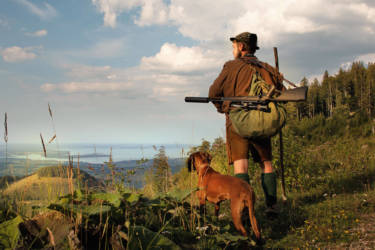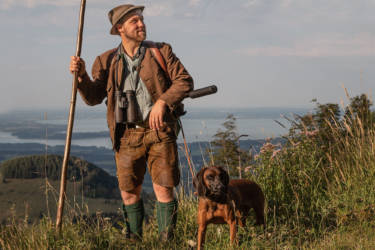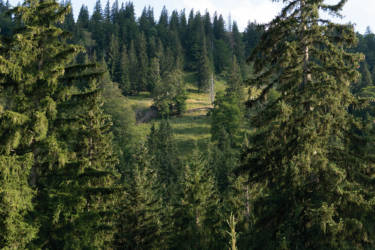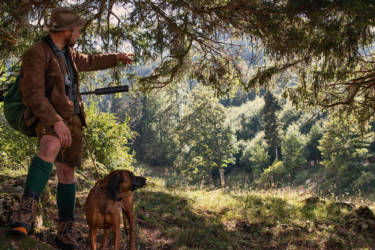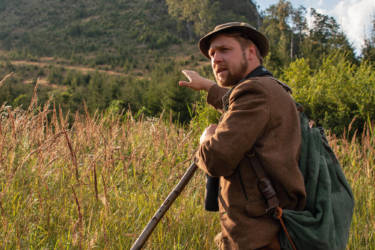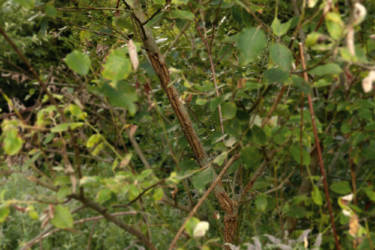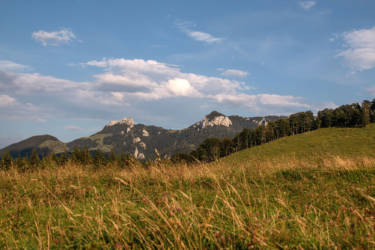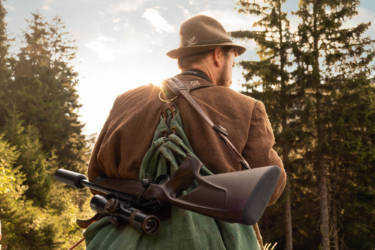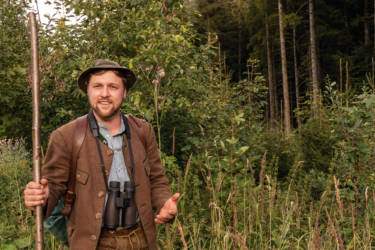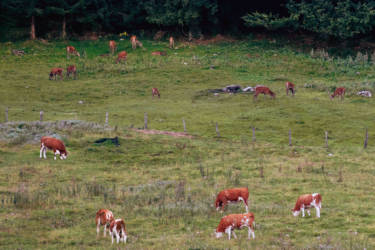Mr. Rinner, it appears that your ‘Forest with Game’ concept is working out well for you. What is the secret to your success?
Yes, it is. We have higher red deer and chamois populations than many other hunting areas in our region, but our woods are in good condition. The numbers of capercaillie have significantly increased. It makes for more work but it is worth it when you are an idealist. And my boss, Baron Cramer-Clett, is definitely one of those!
But what does that mean in concrete terms?
When it comes to chamois, we shoot as many as necessary to keep the population stable. Red deer require more effort since they are more sensitive. We like it when they remain visible during the day, and so do the tourists. But that also means that we do practically no hunting up on the Alpine pastures. They don’t cause any damage there anyway. We have three mangers that we use to feed them throughout the winter, and these also serve to steer their movements.
When and how do you hunt for red deer?
Yearling hinds and spike deer in our area remain close to their mothers through at least June. If we were to shoot during that time we would cause a large disturbance followed by well-known negative results. From mid-October to about mid-December I concentrate on certain partially-open forest clearings which the game will cross in the mornings on their way back to their woodsy retreats.
But wouldn’t the red deer soon get wise to this danger?
It is true that one has to keep a cool head, as the hunting strategy is by far the most important factor. In the morning, the hunter has the advantage because the game passes by in good light, meaning that the cull can be identified with certainty very quickly. The deer also like to linger longer in the clearings. When three or four shootable deer are all standing together, you stand a much better chance of getting them all. That should be the objective since red deer are very quick learners. However, I never shoot if a larger group passes through. One who has an instinct for the weather and a good sense for game behavior can easily fulfil a large portion of his culling quota in relatively few outings on the high seat. Add one or two driven hunts with a few experienced hunters, and that does it. But, unfortunately, this is not for beginners!


